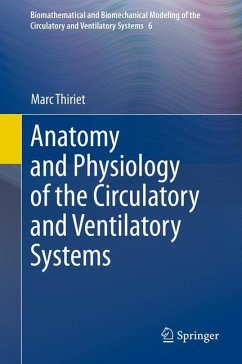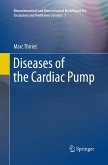Providing physicians with vital support in generating computer models and simulations of flows in the cardiovascular and ventilatory systems, this book reviews the systems' anatomy and physiology and shows how to use signals and images as input data.
Together, the volumes in this series present all of the data needed at various length scales for a multidisciplinary approach to modeling and simulation of flows in the cardiovascular and ventilatory systems, especially multiscale modeling and coupled simulations. The cardiovascular and respiratory systems are tightly coupled, as their primary function is to supply oxygen to, and remove carbon dioxide from, the body's cells. Because physiological conduits have deformable and reactive walls, macroscopic flow behavior and prediction must be coupled to nano- and microscopic events in a corrector scheme of regulated mechanism. Therefore, investigation of flows of blood and air in physiological conduits requires an understanding of the biology, chemistry, and physics of these systems, together with the mathematical tools to describe their functioning in quantitative terms. The present volume focuses on macroscopic aspects of the cardiovascular and respiratory systems in normal conditions, i.e., anatomy and physiology, as well as the acquisition and processing of medical images and physiological signals.
Together, the volumes in this series present all of the data needed at various length scales for a multidisciplinary approach to modeling and simulation of flows in the cardiovascular and ventilatory systems, especially multiscale modeling and coupled simulations. The cardiovascular and respiratory systems are tightly coupled, as their primary function is to supply oxygen to, and remove carbon dioxide from, the body's cells. Because physiological conduits have deformable and reactive walls, macroscopic flow behavior and prediction must be coupled to nano- and microscopic events in a corrector scheme of regulated mechanism. Therefore, investigation of flows of blood and air in physiological conduits requires an understanding of the biology, chemistry, and physics of these systems, together with the mathematical tools to describe their functioning in quantitative terms. The present volume focuses on macroscopic aspects of the cardiovascular and respiratory systems in normal conditions, i.e., anatomy and physiology, as well as the acquisition and processing of medical images and physiological signals.








